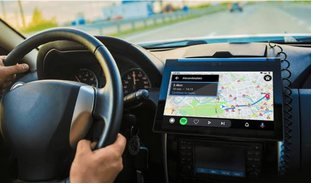Real-Life Applications of Trigonometric Identities
Trigonometric identities derived from the unit circle have numerous real-life applications across various fields. Here are a few examples:
Engineering and Physics

Trigonometric identities are used to model and analyze periodic phenomena such as sound waves, light waves, and alternating current (AC) in electrical engineering. For instance, the sine and cosine functions describe oscillations and waveforms.
Navigation and GPS

Trigonometry helps in calculating distances and angles between points on the Earth's surface. The unit circle identities assist in converting between different coordinate systems and in determining precise locations.
Architecture and Construction

Trigonometric identities are used to calculate angles, heights, and distances in the design and construction of buildings, bridges, and other structures. For example, determining the slope of a roof or the height of a building using angles measured from a distance.
Computer Graphics and Animation

Trigonometry is essential in creating realistic animations and graphics. The unit circle helps in rotating objects, scaling, and transforming coordinates in 2D and 3D space.
Astronomy

Trigonometric identities are used to calculate the positions and movements of celestial bodies. The unit circle helps in understanding the orbits and angles of planets, stars, and satellites.